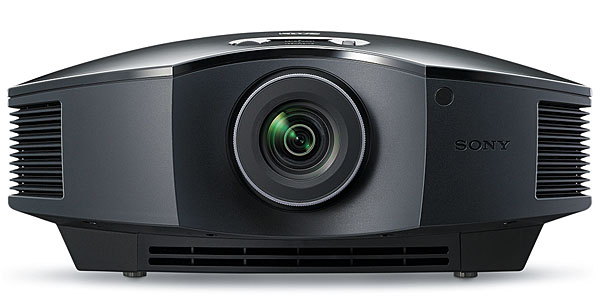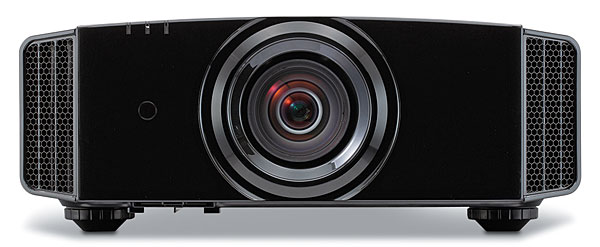Sony VPL-HW65ES 3D SXRD Projector Review Comparison With JVC DLA-X550R
Given the unusual occurrence of having two brand-new and highly competitive $4,000 projectors in house at the same time, it makes sense to offer some additional comparative comments. To begin, while Sony’s VPL-HW65ES and JVC’s DLA-X550R aren’t entry-level projectors, each provides a level of performance you would typically expect from pricier models. Both deliver impressive brightness, powerful contrast (courtesy of a dynamic iris feature), and video processing that can increase picture clarity without making images look over-enhanced. Both models also do a fine job of handling 3D content.
After spending a substantial amount of time watching with the Sony and JVC—including a shoot-out session where I was able to quickly switch between them—I started to get a sense of each projector’s relative strengths.

The Sony delivers a brighter image than the JVC, making it a better option for environments where you expect to have some level of ambient light, such as a living room or a mixed-use space. Its strong brightness also makes it a good option for viewing 3D, and it has a built-in 3D transmitter—an item that you need to buy separately with the JVC. During my shootout, I also noted that the Sony delivers a more natural-looking image. Skin tones, in particular, looked accurate on the Sony, while picture highlights displayed an extended range of white gradations.
The Sony’s contrast, while good, ultimately isn’t as good as the JVC’s. Switching between both projectors while viewing the same content, the JVC’s picture had a punchier quality that really made it pop in a dark environment. The Sony’s manual lens controls also made initial setup more of a chore compared with the JVC, which has motorized lens controls that can easily be adjusted via remote.

In the end, the JVC’s main strength turned out to be contrast—no surprise there given the performance of previous JVC projectors that Sound & Vision has reviewed. Since I was testing both the JVC and Sony in a completely dark room, this turned out to be more of a benefit than light output. Compared with the Sony, the JVC’s picture also had a more edgy quality—images in comparison looked a bit enhanced, while highlights lacked the range of subtle detail that came through easily on the Sony. This was only something I noticed during a direct comparison of the two projectors, however.
One final point the Sony has to concede to the JVC is the latter’s ability to accept 4K sources, including HDR10 high dynamic range content. The 4K content I viewed on the JVC looked stunningly clean and detailed. If UHD streaming can look this good, there very well may be a limited future for packaged media after all. —Al Griffin
- Log in or register to post comments




































































